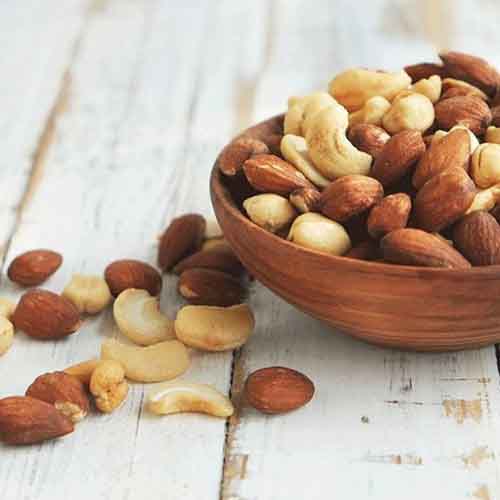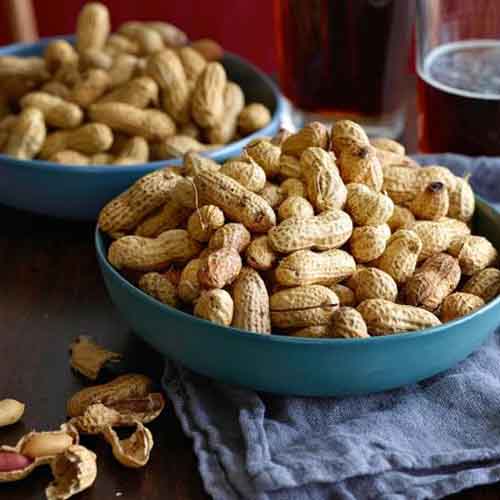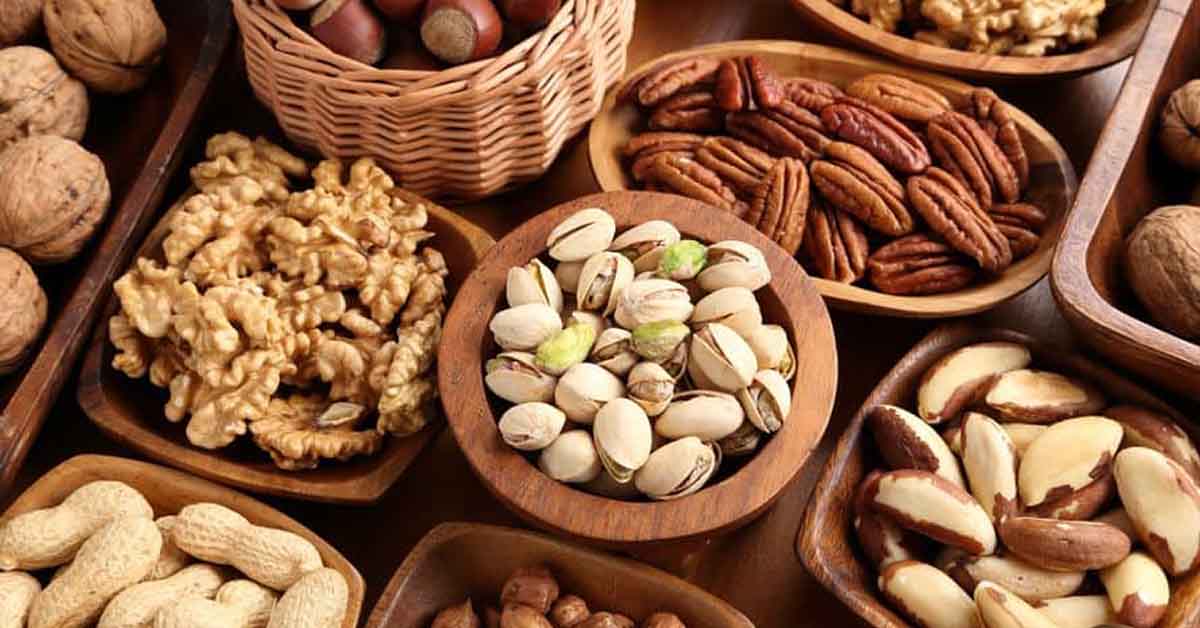Confused by the term “nut”? Despite tree nuts being classified as one of the Food and Drug Administration’s “Top 9” food allergens, the term actually refers to a number of dissimilar food types all glommed into the same category which often leads to confusion.
This may be largely due to the similarities in these foods once they finally reach the consumer after shelling, roasting, and processing: small, crunchy snacks.
Here’s a quick primer on foods that are considered nuts in common usage but actually consist of multiple food sources.
True Nuts
These are a tree’s dry fruit and seed bundled together in a single hard shell that does not split on its own to release the seed. This category includes hazelnuts and chestnuts.

Drupes
Drupes consist of a fleshy fruit surrounding a hard, dry seed, and as such is considered a separate category from true nuts. The group includes cashews, almonds, and pecans where we consume the seed and discard the fruit, as well as cherries and peaches where we consume the fruit and discard the seed (pit).

Legumes
Peanuts aren’t nuts at all but are legumes, members of the pea family whose seeds grow underground in oblong pods. They are not classified as tree nuts by the FDA but have been designated a “Top 9” allergen in their own category.

What the FDA Has to Say About Tree Nuts as Allergens
Under FALCPA and the FASTER Act, the FDA has classified nine foods as top allergens, i.e. the allergens that account for 90% of food allergies in the US. These foods must all be disclosed under their common/usual name on the ingredient list.
They are:
- Peanuts
- Tree Nuts
- Milk
- Eggs
- Soy
- Wheat
- Fish
- Crustacean Shellfish
- Sesame
As we describe above, the Tree Nuts category is a complex one to decipher because it includes foods from disparate sources. To clear up any misconceptions, the FDA published a list of food sources in 2006 they consider tree nuts for the purpose of allergen labeling.
These are:
| Common/Usual Name | Scientific Name |
|---|---|
| Almond | Prunus dulcis (Rosaceae) |
| Beech nut | Fagus spp. (Fagaceae) |
| Brazil nut | Bertholletia excelsa (Lecythidaceae) |
| Butternut | Juglans cinerea (Juglandaceae) |
| Cashew | Anacardium occidentale (Anacardiaceae) |
| Chestnut (Chinese, American, European, Seguin) | Castanea spp. (Fagaceae) |
| Chinquapin | Castanea pumila (Fagaceae) |
| Coconut | Cocos nucifera L. (Arecaceae (alt. Palmae)) |
| Filbert/hazelnut | Corylus spp. (Betulaceae) |
| Ginko nut | Ginkgo biloba L. (Ginkgoaceae) |
| Hickory nut | Carya spp. (Juglandaceae) |
| Lichee nut | Litchi chinensis Sonn. Sapindaceae |
| Macadamia nut/Bush nut | Macadamia spp. (Proteaceae) |
| Pecan | Carya illinoensis (Juglandaceae) |
| Pine nut/Pinon nut | Pinus spp. (Pineaceae) |
| Pili nut | Canarium ovatum Engl. in A. DC. (Burseraceae) |
| Pistachio | Pistacia vera L. (Anacardiaceae) |
| Sheanut | Vitellaria paradoxa C.F. Gaertn. (Sapotaceae) |
| Walnut ( English, Persian, Black, Japanese, California), Heartnut, Butternut | Juglans spp. (Juglandaceae) |
Individuals diagnosed with a tree nut allergy may be allergic to one or more of the foods on this list and should consult their allergist to determine which they should avoid.
But be forewarned: manufacturers often process multiple tree nuts on the same manufacturing lines leading to the possibility of cross-contact if the equipment is not thoroughly sanitized and tested for trace between runs. You are urged to call the manufacturer to determine how their product is made.
- Guidance for Industry: Questions and Answers Regarding Food Allergens (Edition 4) — FDA
- In a nutshell: Different nut types, explained — Richmond Times-Dispatch





